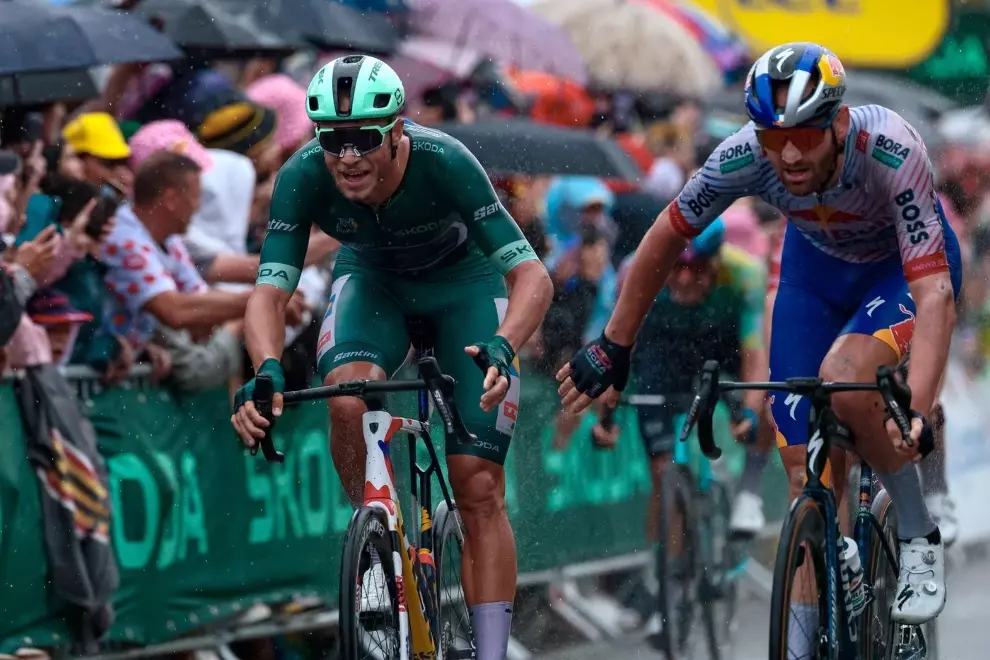Let’s move back in time to an extremely hot day in July 2017 to recall the end of the 7th stage of the Tour de France. A group of four riders escaped the peloton but there were still six kilometres ahead. Sprinting to Nuits-Saint-Georges in Burgundy at an extremely high pace while enjoying wind in their backs, the group entered the final 200 metres and it looked like a Norwegian was about to take his first Tour. Suddenly, German Marcel Kittel made his way to the front and crossed the finish line at what looked like the exact same moment as his Norwegian rival.

Despite the appearance of a dead heat, the Tissot watchmaking company that ran the timing for the Tour confirmed Kittel’s eventual winning margin of 0,0003 seconds, which was a tiny distance difference of about 6 millimetres. Had it happened decades earlier, the leading riders would have probably been compelled to take a 1-km-long one-on-one decisive ride to determine the winner. In 2017, though, the Tour was using finish-line cameras capable of capturing 10,000 frames per second and so Marcel Kittel could celebrate the triumph.
The idea of a photo finish was originally conceived as the answer to placement ambiguities in horse races. The rule was simple: the winning horse was the one that crossed the finish line first. With millimetres separating horses in some races, however, the fair result was hard to define by using just a naked eye. Before the film camera was invented, three stewards had to confirm which horse won the race if any doubts were expressed. With a lot of money at stake, even a trace of uncertainty could cause big troubles.

The oldest picture by a finish-line camera on record was taken by John Charles Hemment in 1890. A single-exposure camera was positioned at the finish line and the shutter was triggered by the leading horse that broke a thin thread at the track. With only one exposure available, the method often failed but it was a good start anyway. Since 1920, motion picture cameras were involved, even though the frame rate was too low to decide which horse reached the finish line first. Paramount Pictures motion picture engineer Lorenzo Del Riccio improved the circular-flow camera, a device originally invented for photographing moving objects, and used it for recording a finish of the race held in Del Mar Thoroughbred Club in 1937. The devices had been constantly improved until the introduction of digital cameras that changed everything and made the final proof instantly available.
However, even modern cameras can fail to find decisive evidence as it happened in the men’s under-23 road race at the 2010 UCI Road World Championships in Melbourne. When Taylor Phinney and Guillaume Boivin crossed the finished line just behind the winner and runner-up, not even the pictures taken by the Tissot camera could detect the difference and both riders were awarded a bronze medal. The nature of the sport is sometimes unfathomable…




